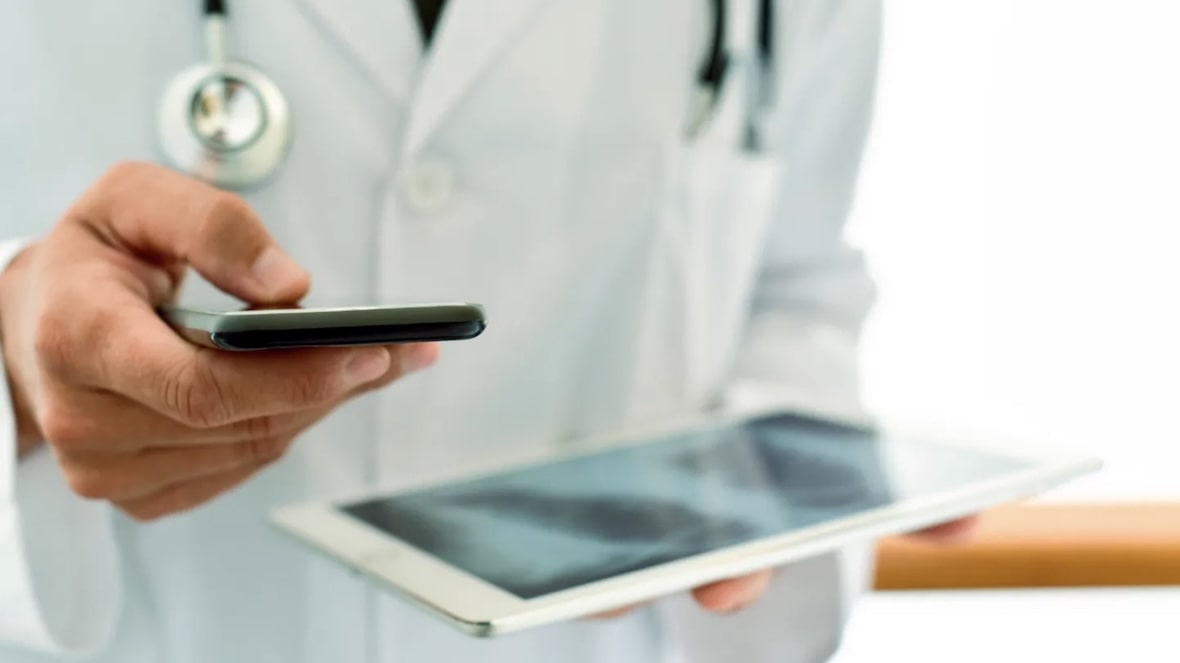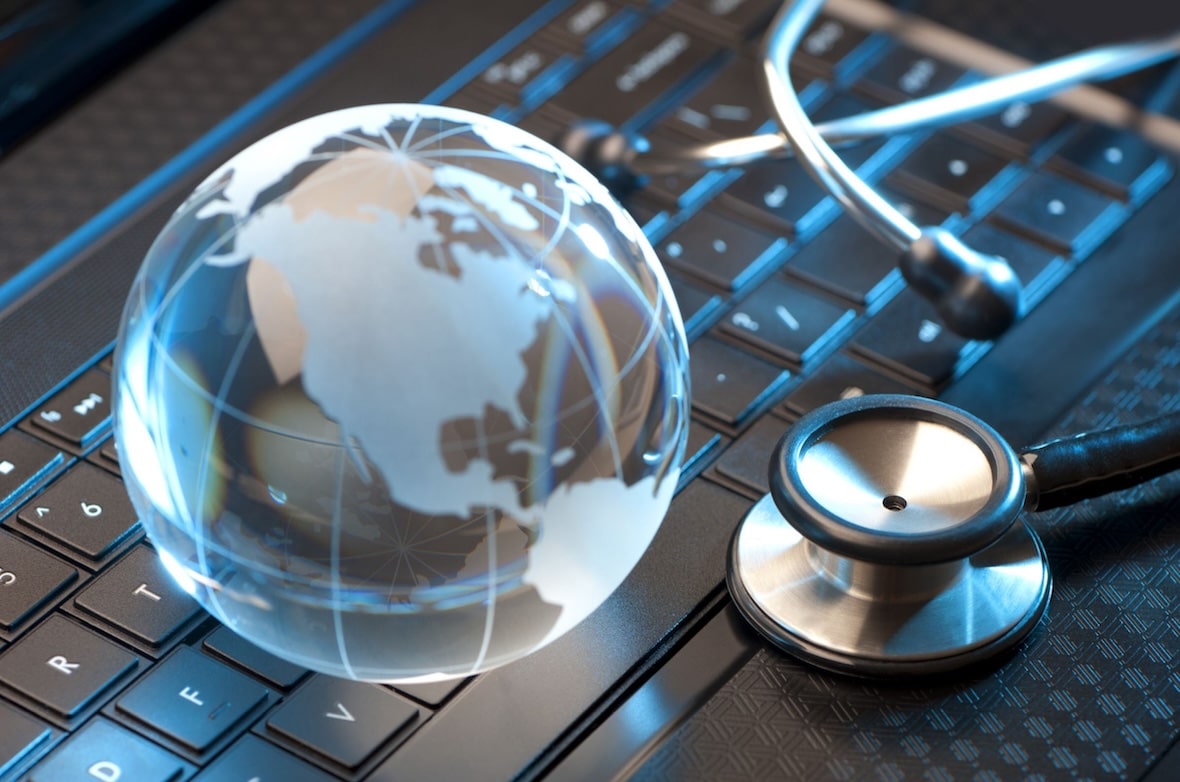But, what if instead of relying on one, two or a few opinions, the wisdom of the crowd – millions of people coming together – could determine the correct diagnosis, treatment plan and even contribute to new and novel healthcare research. Crowdsourcing, first coined in 2006, refers to the sharing of ideas between individuals distributed across boundaries, whether geopolitical or geographical, in pursuit of co-creation. “The premise is that aggregating perspectives, data, expertise, and experience from a variety of sources is better than relying on a single source to provide a solution for a problem or support for an initiative.” Its role in healthcare has much potential…
Swarm diagnosis
A rare disease is defined as one which affects less than 200,000 people globally. There are some 7,000 diseases that fit that criteria, affecting 8% or 25 million Americans, each taking an average of 7½ years to be diagnosed. But, technology has enabled new platforms to rise as an adjunct to the sole primary care provider. Websites like CrowdMed and PatientsLikeMe are making the process of unraveling the medical enigmas of the world a team effort, where the collective intelligence of many thousands of qualified medical professionals can quickly and accurately assign the correct medical diagnosis. By way of incentive, patients can also offer a monetary reward as a compelling motivation of sorts. CrowdMed has harnessed the wisdom of the crowd to solve over 1,500 medical cases, with over 50% of patients eventually having their diagnosis confirmed by their physician, currently the most rigorous affirmation proclamation.
#BlackDeath Trending
Crowdsourcing is democratising the disease identification and diagnostic process, upsetting the traditional equilibrium by empowering people to share and collaborate beyond geographical and geopolitical boundaries. It is an increasingly viable alternative to conventional methods of detecting and monitoring disease outbreaks, and is consequentially changing the way that the discovery and spread of disease is tracked. Aggregating and analysing vast amounts of data, from both informal and formal sources ranging from location based social media services like Facebook, Google, Twitter, and Foursquare, to local health and WHO alerts, and news reports; healthcare providers can improve prevention measures and pinpoint disease outbreaks in near real-time. In the not-too-distant future, technology will enable the tracking of consumer behaviour, which will also shape the way healthcare is both accessed and delivered to a much more personal degree, minus the patient privacy tradeoff.
After the devastating and catastrophic Haitian earthquake in 2010, HealthMap could automatically collect, organise and disseminate data from multiple networks to identify the outbreak of a cholera epidemic a full two full weeks before it was confirmed by the country’s department of health. In 2014, HealthMap detected and identified the Ebola outbreak in southeastern Guinea nine days before WHO formally announced the epidemic. But, the risk of crowdsourcing public health threats surfaces the possibility of online chatter spreading irrational or unnecessary fear through misinformation, whether nefarious or not, when not independently verified by an epidemiologist. The readily available trove of data that can be prised from news channels and social networks will be especially powerful in cases where little or no historical data exists.
R&D 2.0
It takes an average of 12 years to bring a new drug to market, and costs over $350 million. This tenuous and cumbersome process represents an archaic approach to R&D which will be superseded in the golden era of crowdsourcing. With traditional clinical trials conducted behind closed doors with a limited number of participants; crowdsourcing is a transparent and global alternative which allows scientists to accelerate healthcare research by analysing immense amounts of data. Personal genomics and biotechnology company 23andMe can leverage data collected from its millions of data donor in pursuit of solving many of the modern medical mysteries. In August 2016, the company published its results from the largest clinical study ever conducted (450,000 participants), which uncovered important genetic clues that will help unravel the riddle that hides behind the darkest depths of depression
Clinical trials are typically conducted in a select few locations, often with just a handful of participants, but modern technology means that research can enter the real world, open for all to participate, anywhere, and anytime. Apple recently announced ResearchKit, an open source software framework that makes it easier to enrol participants and conduct clinical studies. ResearchKit gives researchers a larger and more varied study group, with fast and easy access to clinical data; information can be collected hourly, without interrupting the day-in, day-out of people’s lives. mPower, a Parkinson’s Disease study app which was launched in 2015 has enrolled over 10,000 participants, the largest Parkinson’s study in the world. The inbuilt gyroscope in the iPhone helps researchers measure and gain insight into the participant’s dexterity, balance, exercise regime, and memory, as well as qualitative self-reported measurements including disposition.
Crowdsourcing represents a departure from the traditional laggard approach to healthcare, but it also represents a departure from the notion of privacy, something that many of us are too complacent in protecting. This exciting exploitation of modern technology is a great equaliser, a digital democracy of sorts which will lead to the collective voice being heard for the first time in the pursuit of truly personalised healthcare.



